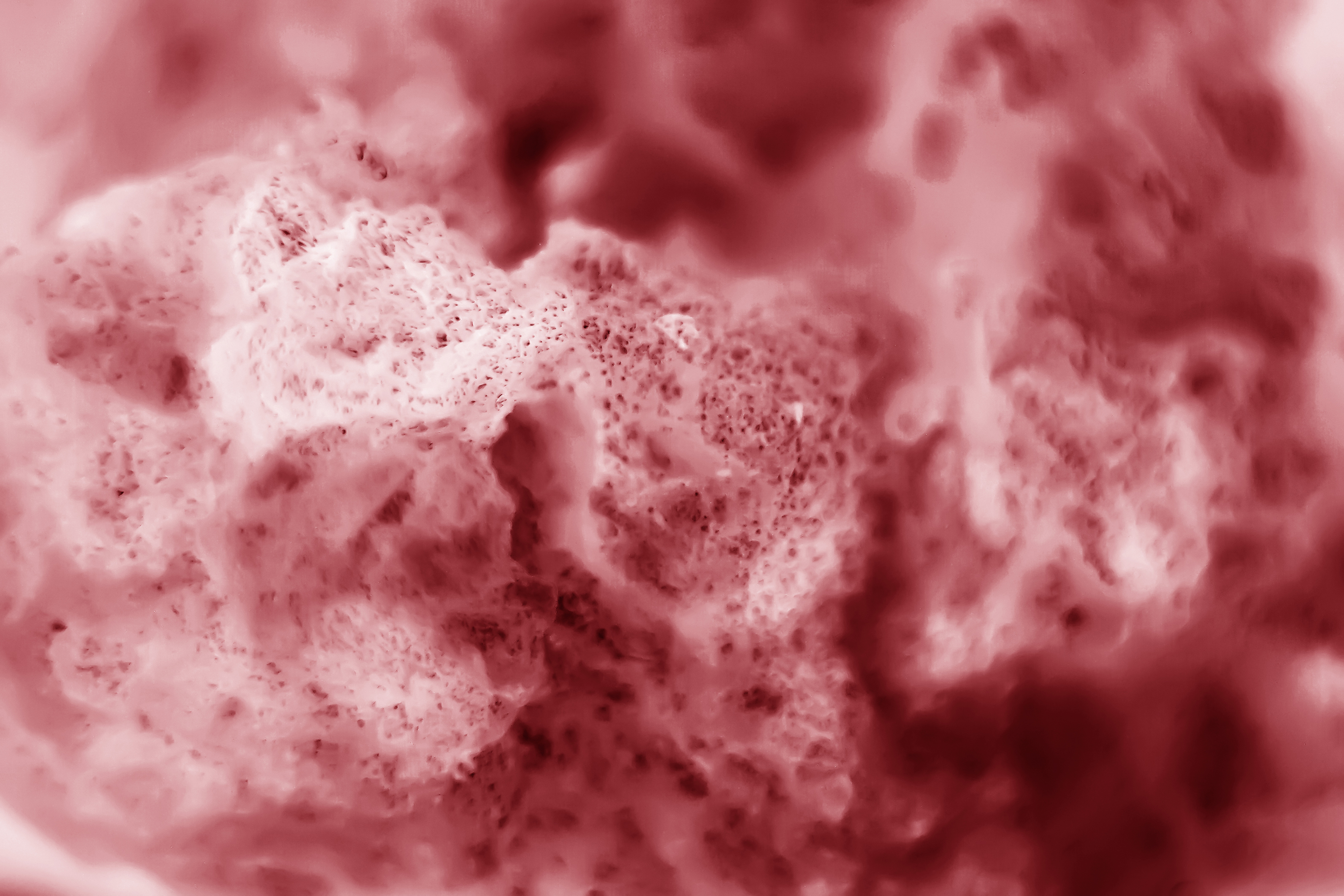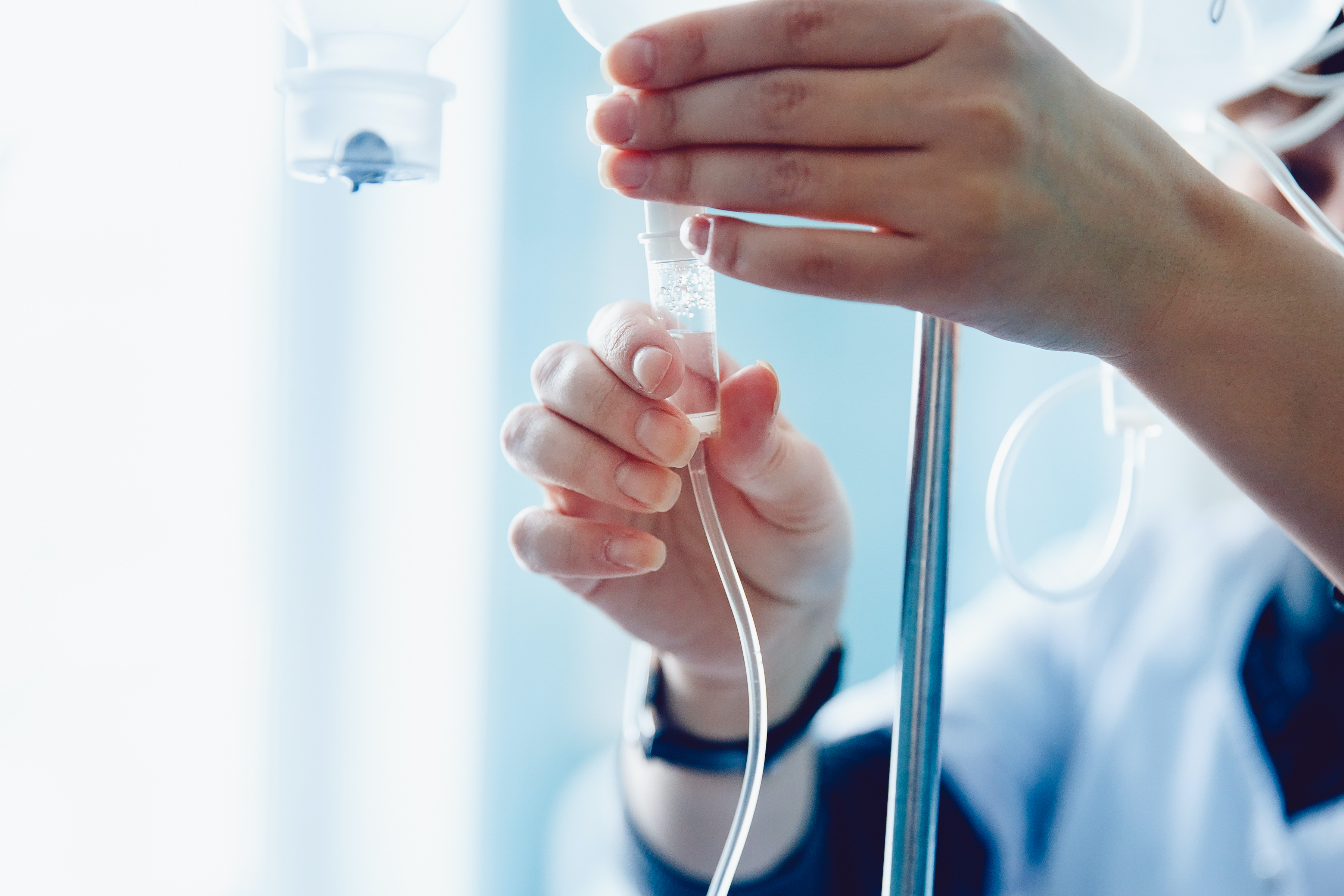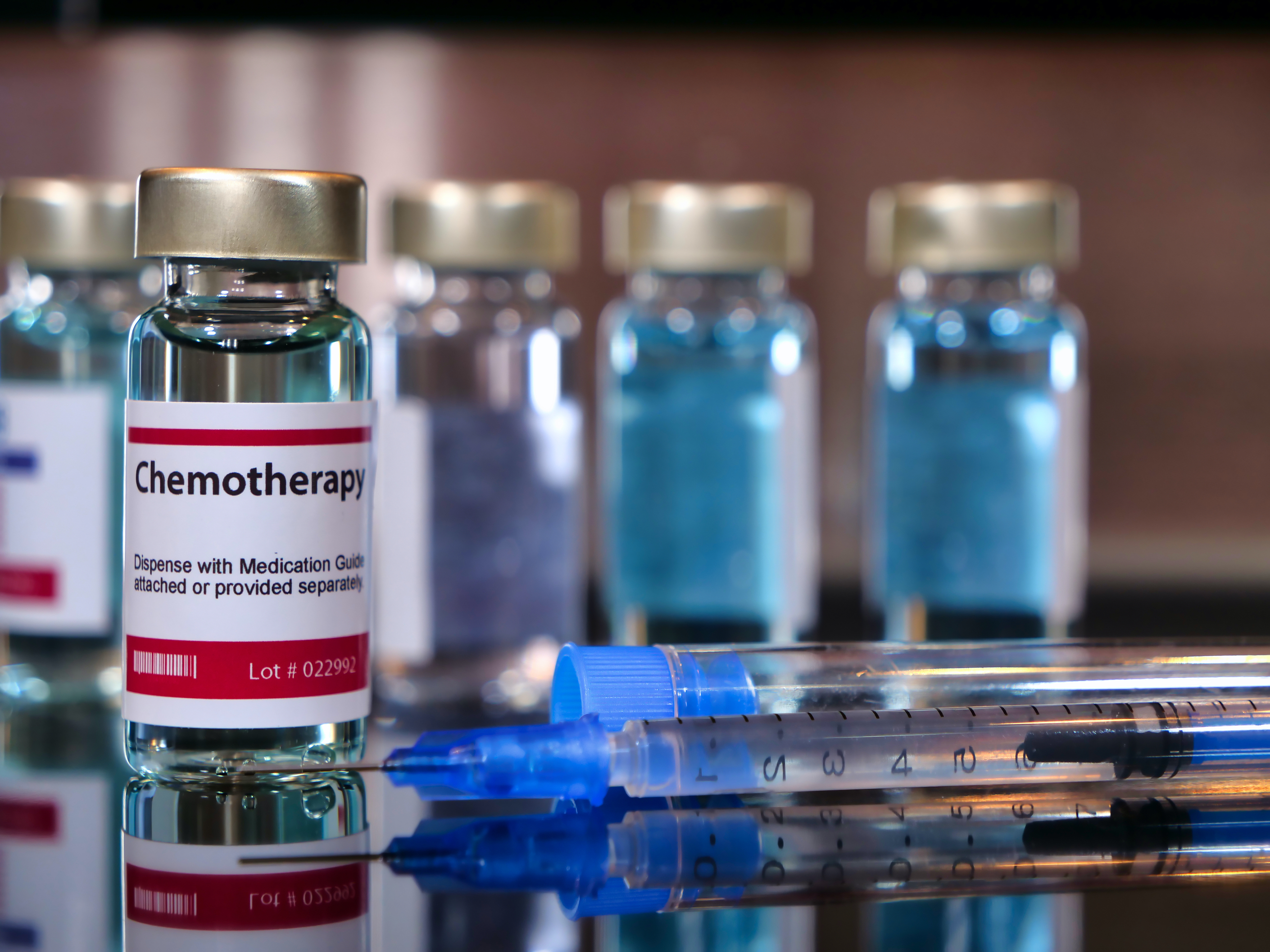To find therapy for cancer, what we need to know is the target: the protein or the alteration that turns normal cells into tumour cells. Most of the basic research is looking for the target – what we call the driver. If we identify the driver, we can then go to, for example, an organic chemist and find a product that can inhibit this driver, and the growth of the tumour. We should bear in mind that there are thousands of different types of cancer, therefore there are thousands of different types of drivers. A single tumour can have one, two or three different drivers, so what basic science in cancer research does is identify the most likely drivers in different kinds of tumours.
New cancer treatments and the search for drivers
Professor of Molecular Biology
- To find the right therapy for different types of cancer, we need to identify the drivers that cause normal cells to turn into cancer cells.
- My team’s research focuses on cancer metabolism. If we can control the change in metabolism in cancer cells, we might find a new therapy for cancer.
- Rapamycin, a substance taken from bacteria, is being used in clinical trials at the moment. It has proven to make tumours “disappear”.
Identifying the drivers

Photo by Koliadznynska Iryna
Personalised medicine
Nowadays, you hear a lot about personalised medicine, or precise medicine, which is a medicine that can directly target the cause of the cancer. Many consortia have been stratifying different types of cancer, according to the different drivers. Breast cancer, for example, can be due to different types of drivers, so basic science tries to stratify the different breast cancers, identify their drivers and then administer a specific drug to treat each of these breast cancers. This is the new therapy. So, now, there is always a good relationship between basic science, clinical science and the doctors who are in direct contact with cancer patients.
There are three layers of people doing cancer research: there are us researchers, there are people who are doing the clinical trials to check if our research can be applied to the patient, and there is the MD, who, with all this information, gives the patient the precise medicine for their type of cancer. This is why we say cancer therapy is improving, because we know a lot.
The driver is the key to personalised medicine
Drivers can be proteins that alter proliferation, or they can be proteins involved in apoptosis. They can also be a combination of these things. A tumour can have a lot of proliferation, and the same tumour can also inhibit apoptosis. So, what you have to do is identify all the combinations. When you know the driver, you then have the best chance of giving the patient the right treatment for them – personalised treatment.
A new treatment for cancer?

Photo by Parilov
My team’s research focuses on cancer metabolism. To proliferate, cancer cells need a lot of energy – they consume more energy than normal cells. What we think is that, if we can control this change in metabolism, we might find a new therapy for cancer. If the cells do not have enough energy, they might decide to die, and that would mean the tumour would disappear.
Specifically, our group is working with mTORC1, a protein complex which is a metabolism sensor, a nutrient sensor of the cell. Through this protein, the cell can know if it has enough energy and nutrients. If the cell detects it has both, it can decide to proliferate. If it detects there is not enough energy or nutrients, it will decide to stop proliferating. Because of this, we think that if we target mTORC1, the cell will decide that it does not have enough energy. This could be a new treatment for cancer.
Rapamycin
Rapamycin is a substance taken from bacteria. The name comes from Rapa Nui, which is the Polynesian name for Easter Island, where it was identified by a group of researchers. Rapamycin is a compound that inhibits mTOR. When you give patients rapamycin for different types of tumours, the tumours completely disappear. Because there is no energy, the cell senses that it cannot proliferate.
When cells proliferate, there are two events: cell cycle, or what we call “division”, and growth. The cells that will proliferate have to grow to keep their size. What rapamycin does is inhibit cell growth.
Could rapamycin cure cancer?
We are very excited because rapamycin has treated different types of cancer very successfully. We think this could be another way to cure cancer. If that were the case, the target wouldn’t be one specific protein that regulates one specific process, but a target that regulates the whole energy process that cancer cells need for proliferation.
Rapamycin is not only the work of my lab, it’s the work of a lot of labs that had the same idea. We expect to see cancer patients treated with rapamycin in the future. Now, we’re doing different clinical trials, which are having success, but to really prove that it can be used, there have to be hundreds of different trials, on different types of cancer, different certifications and so on.
Comparing it to other treatments

Photo by Bernard Chantal
Rapamycin is a drug that you give the patient, so, in a way, it’s another type of chemical. It’s a chemotherapy. This drug will surely have to be complemented with other, more classical, therapies. It’s so complicated to stop cell growth that we think it will have to be used in combination with other chemicals.
Discover more about
new cancer treatments
Morcelle, C., Menoyo, S., Morón-Duran, F. D., et al. (2019). Oncogenic MYC Induces the Impaired Ribosome Biogenesis Checkpoint and Stabilizes p53 Independent of Increased Ribosome Content. Cancer Research, 79(17).
Gentilella, A., Morón-Duran, F. D., Fuentes, P., et al. (2017). Autogenous Control of 5′TOP mRNA Stability by 40S Ribosomes. Molecular Cell, 67(1), 55–70.